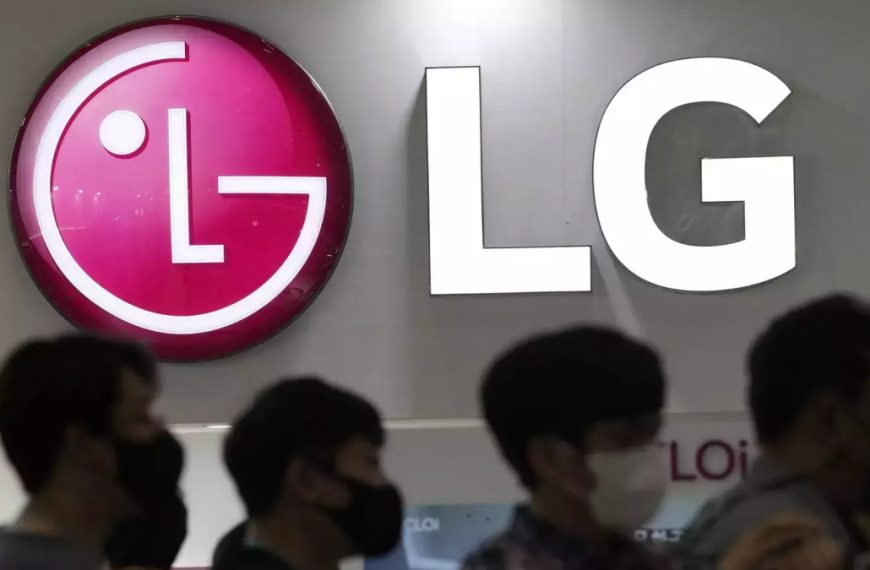On Thursday, Wall Street’s major indices experienced a significant downturn, driven by anxiety over the implications of elevated tariffs on the global economy. This decline followed a remarkable rally just a day earlier, when President Donald Trump announced temporary reductions in tariffs for certain countries, leading to the S&P 500 achieving its most substantial one-day percentage surge since 2008.
Market Reaction to Tariff Changes
The unexpected reversal came swiftly, occurring less than 24 hours after new tariffs were implemented across most trading partners. The Nasdaq also saw its largest single-day increase since 2001 on Wednesday. While Trump declared a 90-day suspension on many reciprocal tariffs, he escalated tariffs on Chinese imports from 104% to 125%. In retaliation, Beijing imposed an 84% tariff on U.S. goods.
- Key Points:
- S&P 500 rose sharply on Wednesday, only to fall back on Thursday.
- Nasdaq recorded its biggest jump in over two decades.
- Chinese tariffs on U.S. imports increased significantly.
EU’s Response and Economic Outlook
In a related development, the European Union announced it would also observe a 90-day moratorium on counter-tariffs against U.S. products, originally set to take effect on April 15. According to Jason Pride, the Chief of Investment Strategy at Glenmede, the remaining 10% universal tariff could still significantly influence inflation, potentially reflected in upcoming Consumer Price Index (CPI) reports.
Data released on Thursday indicated a surprising 0.1% decrease in the CPI for March, with an annual increase of 2.4%. Economists had anticipated a slight uptick of 0.1% and a year-on-year rise of 2.6%. Fed Governor Michelle Bowman remarked that the economic impact of tariffs remains uncertain.
- Economic Snapshots:
- CPI fell by 0.1% in March.
- Year-over-year CPI growth at 2.4%.
- Interest rate cuts are projected to approach 90 basis points by 2025.
Dow Jones and Sector Performance
By 11:29 a.m. ET, the Dow Jones Industrial Average plummeted by 1,199.50 points, or 2.95%, settling at 39,408.95. Similarly, the S&P 500 and Nasdaq Composite fell by 3.64% and 4.37%, respectively. Most sectors within the S&P 500 reported losses, particularly in information technology and energy, which dropped by 5% and 6%.
Big Tech companies faced renewed pressure, with Apple down 5%, Microsoft declining by 3.3%, and Nvidia falling 5.6%. Larry Tentarelli, Chief Technical Strategist at Blue Chip Daily Trend Report, suggested that such pullbacks after substantial gains are typical, indicating potential profit-taking in the following days.
- Sector Performance:
- Information Technology: -5%
- Energy: -6%
- Big Tech Stocks: Notable declines among major players.
Future Considerations
Despite the recent surge, both the S&P 500 and Dow remain approximately 7% below their levels prior to last week’s tariff announcements. Automakers such as General Motors and Ford saw their shares dip around 4%, exacerbated by downgrades from UBS and Goldman Sachs.
Looking ahead, the ongoing U.S. earnings season, featuring major banks like JPMorgan Chase reporting first-quarter results on Friday, could shed light on the overall health of corporate America.
Additionally, the U.S. House of Representatives has approved a budget proposal that sets the stage for extending Trump’s 2017 tax cuts.
- Market Insights:
- Declining stocks outnumbered advancing ones by a ratio of 5.83-to-1 on the NYSE and 3.98-to-1 on the Nasdaq.
- The S&P 500 recorded no new 52-week highs and three new lows, while the Nasdaq noted eight new highs and 65 new lows.
As traders navigate these turbulent waters, the interplay between tariffs, inflation, and corporate earnings will be crucial in shaping market sentiments moving forward.











